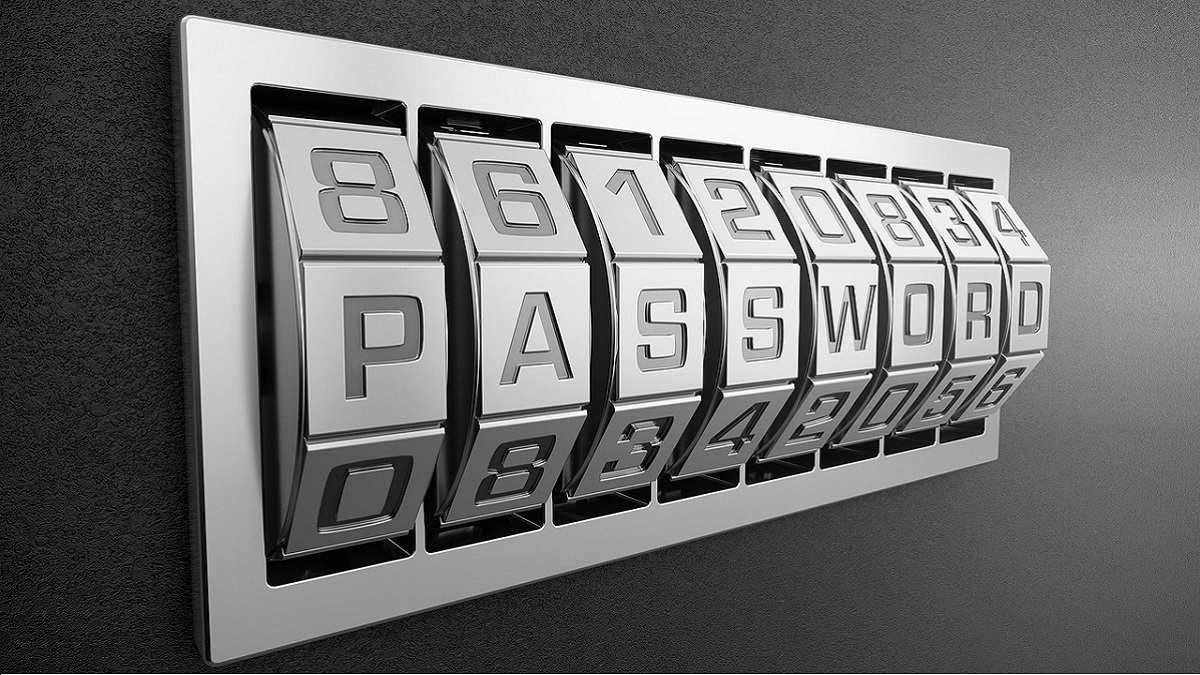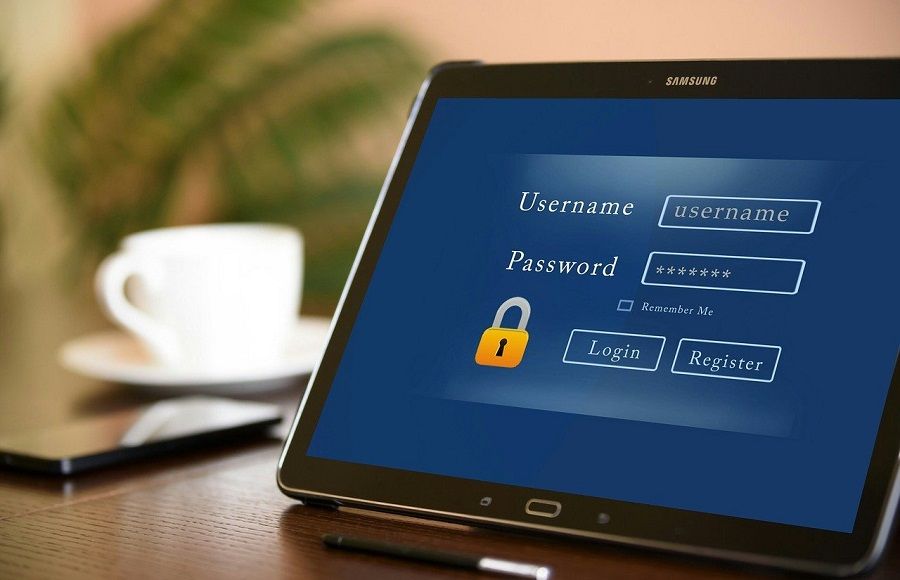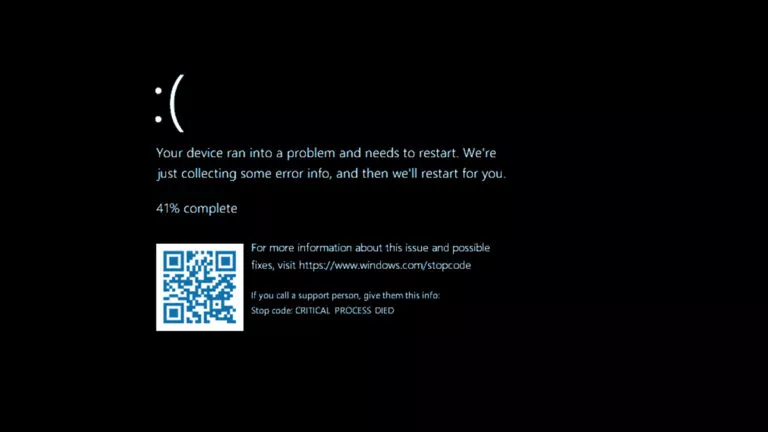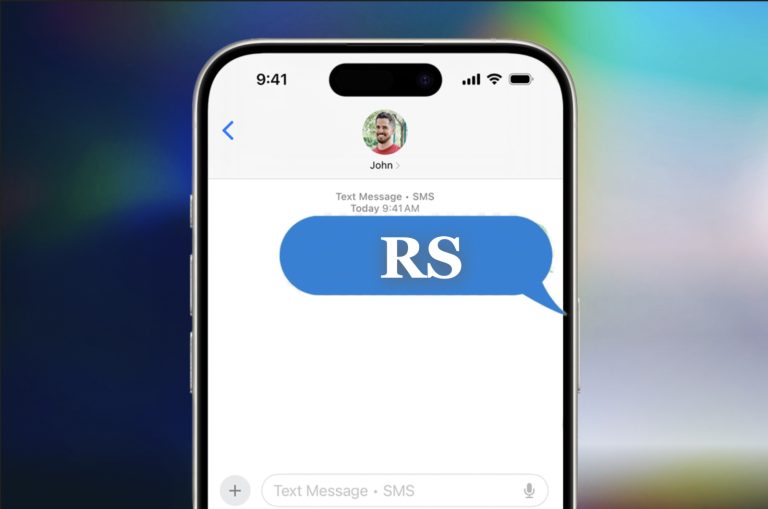What Is Two-Factor Authentication?

It’s very common to hear the news of hacked accounts and server attacks these days. This makes consolidating our security measures even more important. As concerned companies work to make your data more secure, you can contribute by simply enabling two-factor authentication (2FA), which adds an extra layer of security.
Two-factor authentication or dual-factor authentication is a verification process that requires two security factors before you can access an account. This is more secure than single-factor authentication (SFA) that involves entering just a password or a PIN.
The two factors comprising 2FA are the password and a different factor such as a temporary security code or biometric data. This means your account’s protection isn’t solely dependent on your password and an additional security check is also in place.

How is ‘Two-Factor Authentication’ more secure than a password?
There is no guarantee of a password’s safety even if you are cautious from your end. As database thefts become increasingly common, hackers can extract your password by breaking into the organization’s servers storing your credentials.
Two-factor authentication helps you overcome this vulnerability by requiring an additional bit of information. Since this extra factor is usually a code sent to a device or an authenticator app, the chances someone has access to it and your password simultaneously are slim. So, even if someone steals your password, it won’t be enough to log into your account.
Wait, there’s Multi-Factor Authentication too …
Even though most of us might be using SFA, there are way more secure options. Multi-factor authentication (MFA) is one such option that involves two or more security factors. Usually, online services provide you with 2FA as the most secure choice, but certain others that store highly confidential data might provide authentication based on more than two factors.
The password, PIN, or security questions SFA uses make up the knowledge factor. 2FA adds to this by including a possession factor, a personal ID, or a code from a device or an app. MFA could also include other factors given below:
Biometric factors or inherence factors: This refers to a person’s physical or behavioral attributes, including fingerprint, facial data, voice data, keystroke dynamics, gait, etc.
Time factor: As the name suggests, this factor only allows access to an account inside a specified time window. It rejects any request to log in outside of these hours.
Location factor: It works based on where the authentication request is coming from. It only allows certain devices within a specific geographic area to access an account. This becomes possible by checking the IP address or the device’s GPS data making the login request.
Although no protection is invincible, 2FA or MFA ensures that your account isn’t easily compromised when a cyber-attack occurs.
If you like this simple explainer, check out our Short Bytes section. We take complex tech topics and break them into short, easy-to-understand articles.






